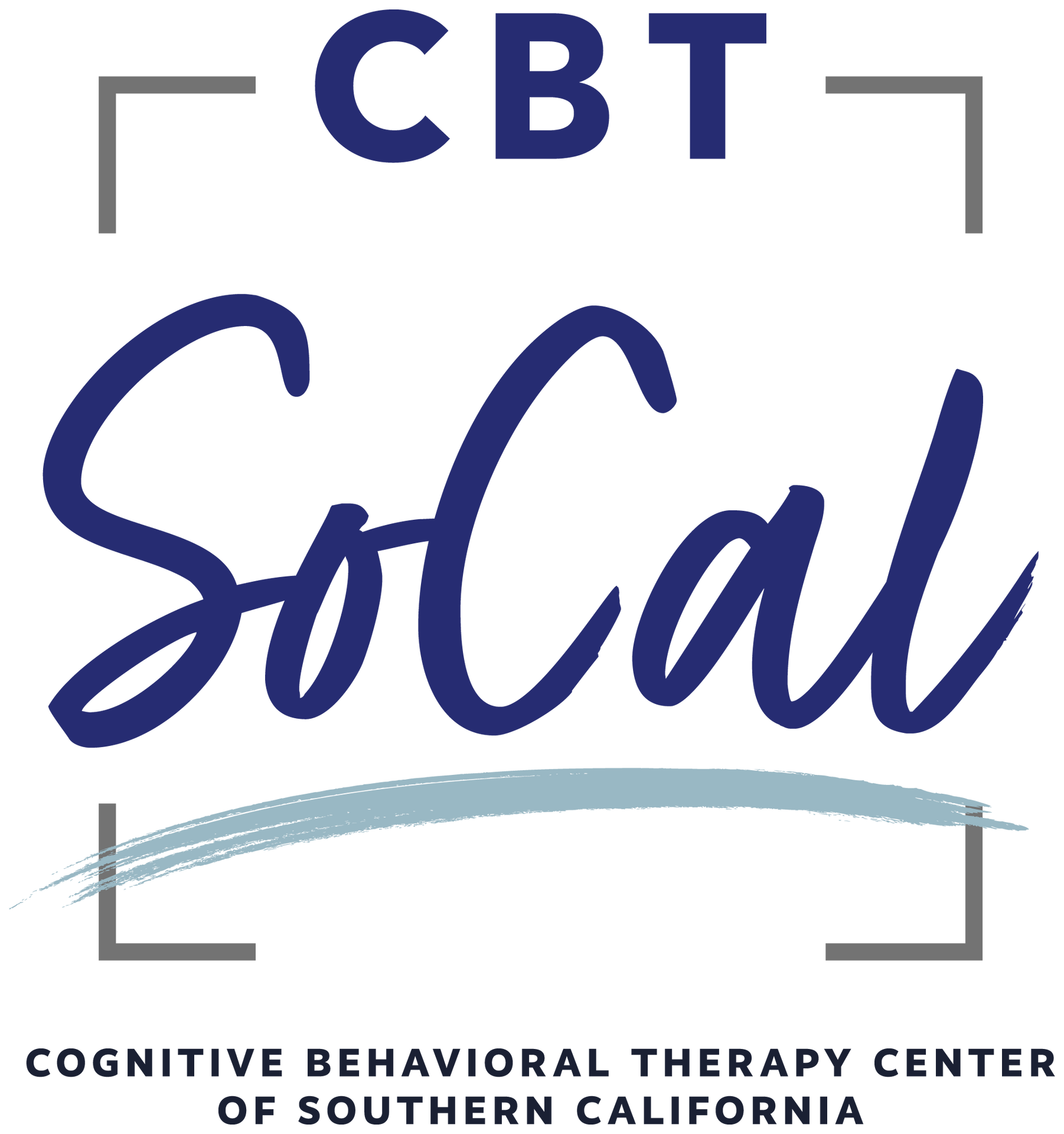CBT: What Does It Stand For and How Is It Used?

Every person in the world comes with their own past history, experiences, and challenges they’ve overcome. That’s why the world of therapy has so many different approaches. The different approaches were created to help target certain personalities, challenges, or preferences.
Despite all the different options when it comes to therapy, one of the most common and well-known therapy approaches is CBT. CBT is an evidence-based form of talk therapy. It helps people manage their mental health challenges by identifying, challenging, and changing any unhelpful or unwanted behaviors and thoughts.
No matter if someone is dealing with anxiety, depression, chronic illness, or stress, CBT can help to provide practical tools to help a person better understand the patterns and create long-lasting changes. Let’s learn more about CBT, what it is, and how it is used.
What Does CBT Stand For?
 CBT stands for cognitive behavioral therapy. Cognitive refers to how a person thinks. It’s our beliefs, thoughts, and interpretations of different situations. Behavioral is how we act. These are our choices, habits, and responses.
CBT stands for cognitive behavioral therapy. Cognitive refers to how a person thinks. It’s our beliefs, thoughts, and interpretations of different situations. Behavioral is how we act. These are our choices, habits, and responses.
The two of these together make up CBT. Cognitive behavioral therapy is based on the idea that our behaviors, feelings, and thoughts are all interconnected. The idea behind CBT is that if we’re able to shift our behaviors and thoughts, we can improve how we feel.
How Does CBT Work?
CBT is a short-term and goal-oriented therapy approach, which makes it a bit different compared to more traditional forms of talk therapy. It’s a structured approach, which means that all of the sessions follow a plan with specific exercises, homework assignments, and tracking progress along the way.
CBT focuses on the current challenges that a person is going through instead of focusing on past interactions and negative life experiences. During CBT, a therapist will work with their client to:
- Identify any distorted or unhelpful thoughts
- Explore how these thoughts can affect their actions and emotions
- Learn strategies that can help a person respond constructively and reframe their thinking
- Practice these newly learned behaviors in real-life scenarios
What Is CBT Used For?
CBT has been an effective treatment option for a wide variety of mental health issues and challenges:
- Addiction
- Anger management
- Chronic pain
- Depression
- Eating disorders
- Generalized Anxiety Disorder (GAD)
- Insomnia
- Obsessive Compulsive Disorder (OCD)
- Panic attacks
- Phobias
- Social anxiety
- Stress management
CBT can also be helpful to people who aren’t necessarily struggling with a mental health condition but may want to learn how to improve their relationships, problem-solving skills, or their self-esteem.
What a CBT Session Looks Like
Here are a few different examples of what a CBT session could look like:
- Checking in on mood levels or stress levels
- Walking through a recent situation or interaction that caused distress
- Identifying any unwanted thoughts that come up and challenging them
- Planning SMART (specific, measurable, attainable, realistic, and timely) goals to work on in between sessions
- Learning and applying new coping strategies
- Reviewing homework that was assigned in the previous session
There may also be worksheets, tracking tools, or journals that can help a client apply these learned strategies outside of their therapy sessions.
Why CBT Is So Effective
CBT isn’t just about talking about how you feel. It’s about giving people the right tools to better understand and work to shift their own behaviors and thoughts. CBT helps to promote self-awareness and resilience by teaching people how to respond differently to the many ups and downs of life.
CBT is a proven and accessible approach that can help individuals improve their mental health. This form of therapy offers clear and hands-on strategies that can help you move forward no matter what you may be struggling with. If you’re interested in creating long-lasting change, reach out today to see how CBT can benefit you.
